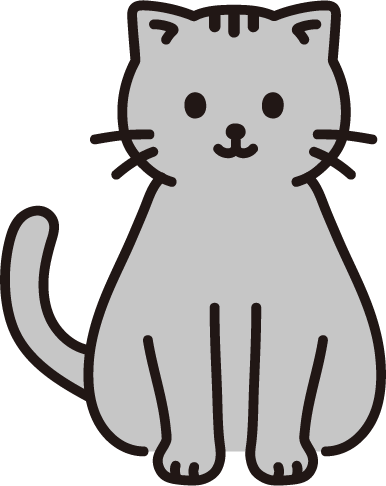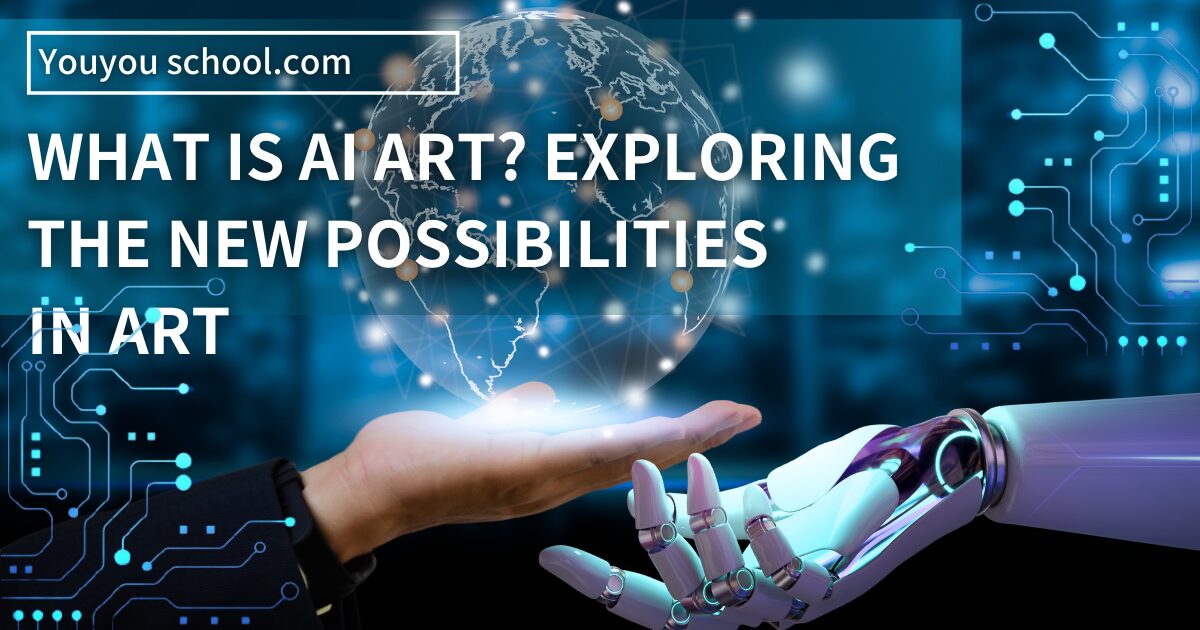Definition and History of AI Art

What is AI art ?
“AI art” refers to artworks created using artificial intelligence (AI). As AI technology has advanced, it has brought about innovations in the art world, allowing machines to replicate what was once thought to be exclusively a human creative process.
The history of AI art is relatively short, beginning in the late 1990s and early 2000s when the first experiments were conducted. However, with the recent advancements in machine learning and deep learning, AI-generated art has significantly improved in quality and precision.
Techniques and Methods in AI Art
The technologies used to create AI art include Generative Adversarial Networks (GANs) and Neural Networks. These techniques enable AI to learn from existing artworks and generate new pieces based on that knowledge. For example, AI can mimic the style of famous painters while incorporating new themes and perspectives to create original works.
Applications and Potential of AI Art
AI art is gaining attention not only in traditional art forms like painting, sculpture, and music, but also in emerging fields such as NFTs (Non-Fungible Tokens) and digital marketing. NFT art, in particular, combines blockchain technology with digital art to allow for the ownership of unique digital artworks, creating a new form of artistic expression.
Moreover, AI art is being applied in education and therapy. AI-generated art is used as a tool to enhance creativity and is being integrated into educational materials to help nurture artistic sensibilities.

Meow, I see!
The Future of AI Art
The future of AI art looks promising as it continues to evolve, not just as a tool that complements human creativity, but as a standalone form of artistic expression. With further technological advancements, more complex and sophisticated works are likely to emerge, potentially redefining the very concept of art.
Ethical Issues in AI Art
However, AI art also raises ethical concerns. Questions about copyright, ownership of AI-generated works, and the definition of “creativity” in the context of AI are ongoing topics of debate. Addressing these challenges will require collaboration between technologists, artists, and legal experts.
Conclusion
AI art represents a new form of expression born from the fusion of technology and creativity. Its potential is vast, and its applications are expected to expand across various fields in the future. We hope this article has provided you with a deeper understanding of AI art and inspires you to explore art from a new perspective.

It seems that art will continue to evolve in the future.
Resources
The content of the blog post is primarily based on general knowledge of AI art and current technological trends. Therefore, it does not directly cite specific reference sites or literature. However, if you want to explore more about AI art and related technologies, the following resources may be helpful:
- Academic Papers and Books
- Papers on Generative Adversarial Networks (GANs), particularly those by Ian Goodfellow.
- “The Creativity Code: How AI is Learning to Write, Paint and Think” by Marcus du Sautoy.
- Websites and Online Articles
- Official websites of AI art generation tools like DeepArt and Artbreeder.
- AI-related tech blogs and online news sites (e.g., Towards Data Science, Medium, Arxiv).
- NFT-Related Resources
- NFT marketplaces such as OpenSea and Rarible.
- Articles and guides on CryptoArt.
- AI Art Research Projects
- AI projects by Google Arts & Culture.
- AI art initiatives by collectives like Obvious in France.
Exploring these resources will provide a more detailed understanding of AI art. For specific information, you can refer to these sources.



